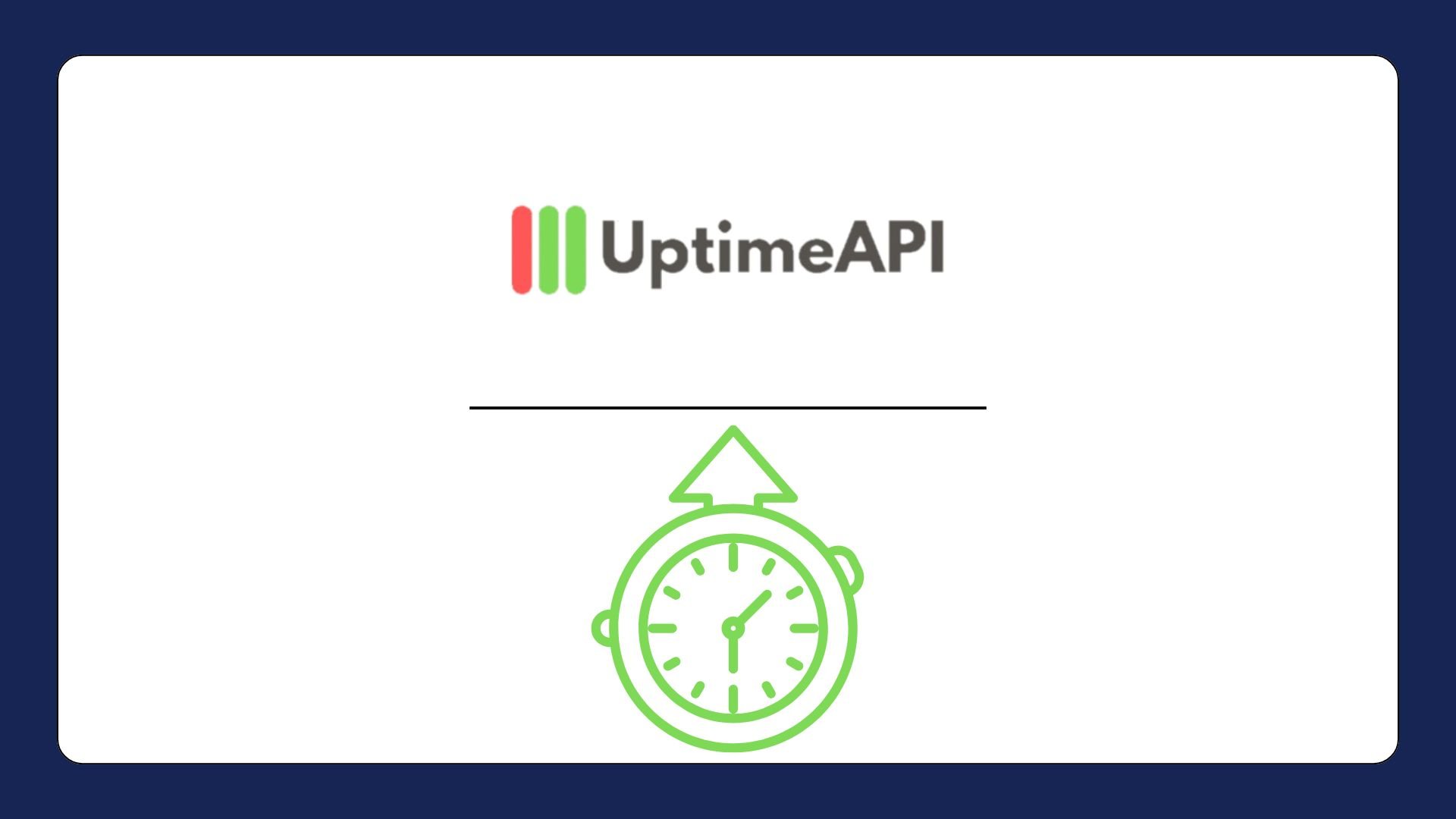Monitor APIs Like A Pro: Tips For Developers

For developers aiming to maintain smooth, uninterrupted functionality, understanding how to effectively use a Monitor API is no longer optional but a fundamental skill. In this comprehensive guide, we’ll explore professional tips to help developers keep their APIs in check, focusing on the robust tools and features provided by Uptime API, a premier API monitoring solution.
Pro Tips for Monitoring APIs Effectively with Uptime API
One of the most valuable steps developers can take to monitor APIs effectively is by automating the monitoring process. Manually checking API performance is time-consuming and prone to human error, especially when dealing with complex applications that use multiple APIs. By automating the process, developers can ensure continuous, real-time tracking without the need for constant supervision.
Uptime API simplifies this by offering automated checks at regular intervals. Developers can schedule automated tests to run as frequently as needed—every minute, hour, or day—depending on the API’s criticality. This means that potential issues are flagged as soon as they occur, giving teams the ability to address them before they escalate. Automating API monitoring with the API also frees up developer time, allowing them to focus on improving other aspects of their applications rather than manually monitoring for issues.
When it comes to API monitoring, there is no one-size-fits-all solution. The performance requirements of various APIs vary, therefore developers require monitoring solutions with configurable notifications. Developers can establish their own thresholds for performance measures, including error rates, uptime, and response times, using this API. Teams can monitor APIs in accordance with their own requirements thanks to this flexibility, which guarantees that they are only notified when required.
While real-time monitoring is essential for addressing immediate issues, historical data is key to long-term API optimization. By analyzing past performance, developers can identify trends, spot recurring issues, and optimize their APIs to handle future demand. Uptime API provides detailed reports that track the performance of APIs over time, offering insights into peak usage times, recurring errors, or periods of slow performance. Developers can use this data to optimize their infrastructure, improve load balancing, or reconfigure API endpoints to better handle traffic.
Why Monitoring APIs is Crucial for Developers
In the world of software development, APIs function as the connectors between various software components, enabling them to communicate and share data. When APIs are working smoothly, they provide seamless functionality, delivering the information or service needed by the end user. However, when an API fails or experiences a slowdown, the effects can ripple throughout an entire application, leading to outages, slow performance, and frustrated users.
For developers, monitoring APIs is essential for ensuring that these integral communication channels are operating at peak efficiency. Unmonitored APIs can lead to unexpected downtime, where applications become inaccessible to users, or sluggish response times, which impact the overall user experience. In industries where real-time data is critical, such as finance or healthcare, poor API performance can lead to significant financial or operational losses.
API monitoring helps developers detect these issues before they impact users, allowing teams to fix problems in real-time. By integrating tools like Uptime API into your monitoring strategy, you can take a proactive approach to performance, ensuring smooth operation across your systems. Whether you’re developing an API yourself or relying on third-party services, continuous monitoring provides the visibility necessary to maintain optimal service levels and prevent costly disruptions.

